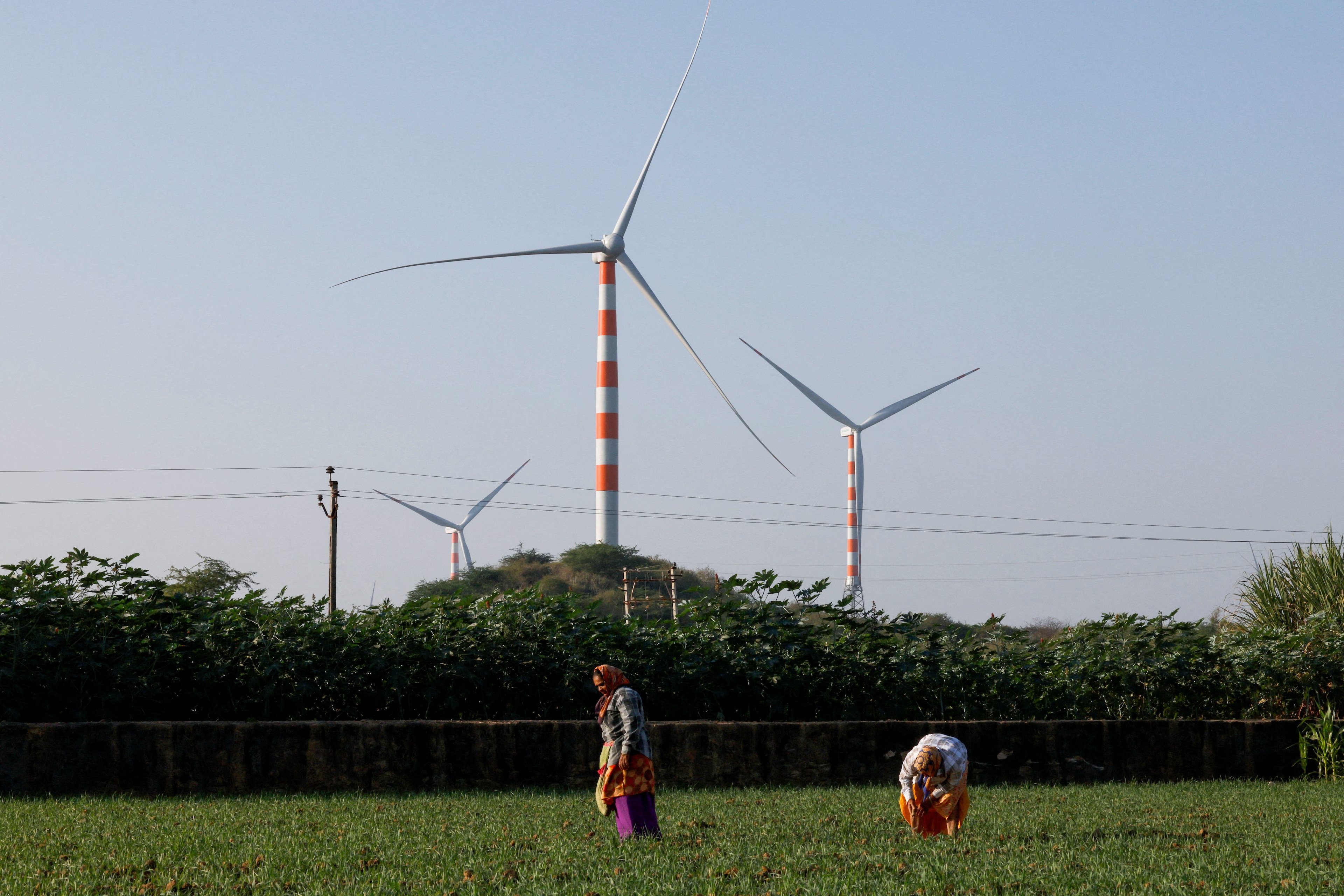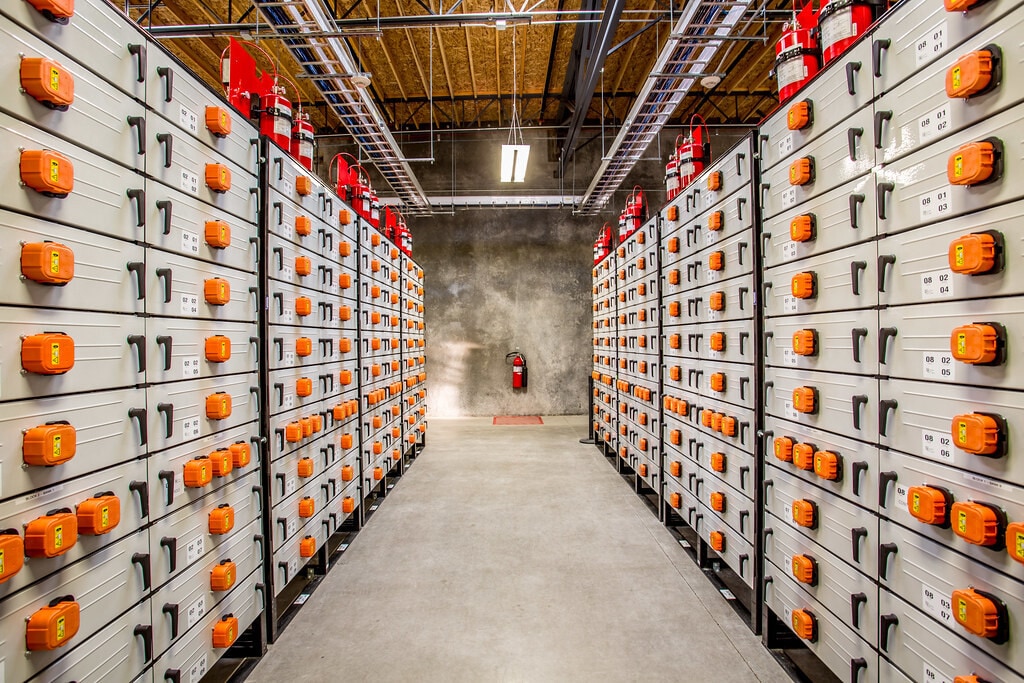
How to build India's just transition ecosystem and finance an inclusive future
India’s ambition to achieve net-zero emissions by 2070 requires a transition that is not only low-carbon but also inclusive and equitable.
Labanya has over 20 years of experience in financial services, green finance and international development. He currently serves as a Sustainable Finance Consultant at the Institute for Energy Economics and Financial Analysis (IEEFA), is a climate finance expert at the Asian Development Bank and a Visiting Senior Fellow at the London School of Economics and Political Science (LSE). He has previously worked with the Council on Energy, Environment and Water (CEEW), Climate Policy Initiative, Commonwealth Secretariat, UNDP and World Resources Institute. He is also the co-author of the book Net-Zero Trio: Synchronizing Technology, Business, and Policy for Green Transition (Bloomsbury).

India’s ambition to achieve net-zero emissions by 2070 requires a transition that is not only low-carbon but also inclusive and equitable.

Bangladesh, once a fast-growing developing economy, is going through a transition, one that needs further economic reforms to restore the nation’s growth trajectory. The energy sector, th...

La rápida adopción de energías limpias, como la solar, la eólica y la hidroeléctrica, es la clave para descarbonizar los sistemas energéticos y limitar el calentamiento global. Sin embarg...

The rapid adoption of clean energy, such as solar, wind, and hydropower, is the key to decarbonizing energy systems and limiting global warming. However, most of these clean energy techno...
绿氢(GH2)预计将成为下一代低碳解决方案,用于推动难以减排行业、长途运输和农业部门脱碳。所有大型经济体,包括美国、中国、日本、德国和印度,都在发展绿氢以减少碳足迹。值得注意的是,这些国家已宣布将大力投资绿氢,以满足迅速增长的大规模出口需求。
La adopción de tecnología de energías renovables en los países en desarrollo es significativamente menor de lo deseado. Necesitamos invertir USD 1,7 billones cada año en los países en des...
Se espera que el hidrógeno verde (H2V) se convierta en la solución de nueva generación y bajas emisones para descarbonizar las industrias intensivas, el transporte de larga distancia y el...
Green hydrogen (GH2) is expected to become the next-gen, low-carbon solution to decarbonize hard-to-abate industries, long-distance transportation and the agriculture sector. All the larg...
The adoption of renewable energy (RE) technology in developing countries is significantly less than desired. We need to invest $1.7 trillion every year in developing countries — in 2022, ...
There is only 380 GtCO2 of carbon budget available to limit the Earth’s temperature increase by 1.5ºC by 2050 – a budget that, at the current pace, will be exceeded in just nine years.
Agriculture is a significant contributor to climate change, responsible for approximately 20% of global greenhouse gas (GHG) emissions and about 45% of total high-temperature absorbing me...
With the world facing major challenges such as climate change, inequality and hunger, we need sustainable development now more than ever – but it needs adequate financing.
Peatlands, called moors, mires or bogs, are terrestrial wetland ecosystems formed from partially decomposed carbon-rich organic matter. Peatlands cover about 3% of the surface of the Eart...
If net zero is to be achieved by 2050, the investment gap per year in the renewable energy sector in emerging and developing economies (EMDE) is $1.35 trillion. This massive gap is across...
Cities account for over 70% of global carbon emissions. Limiting global warming to 1.5°C will require rapid and far-reaching transitions in urban areas. It is heartening to see the recent...










